7 perennials to plant in January – why this month is a great time to add bare-root plants to flower borders
Bare-root perennials are a cost-effective way of growing your plant collection
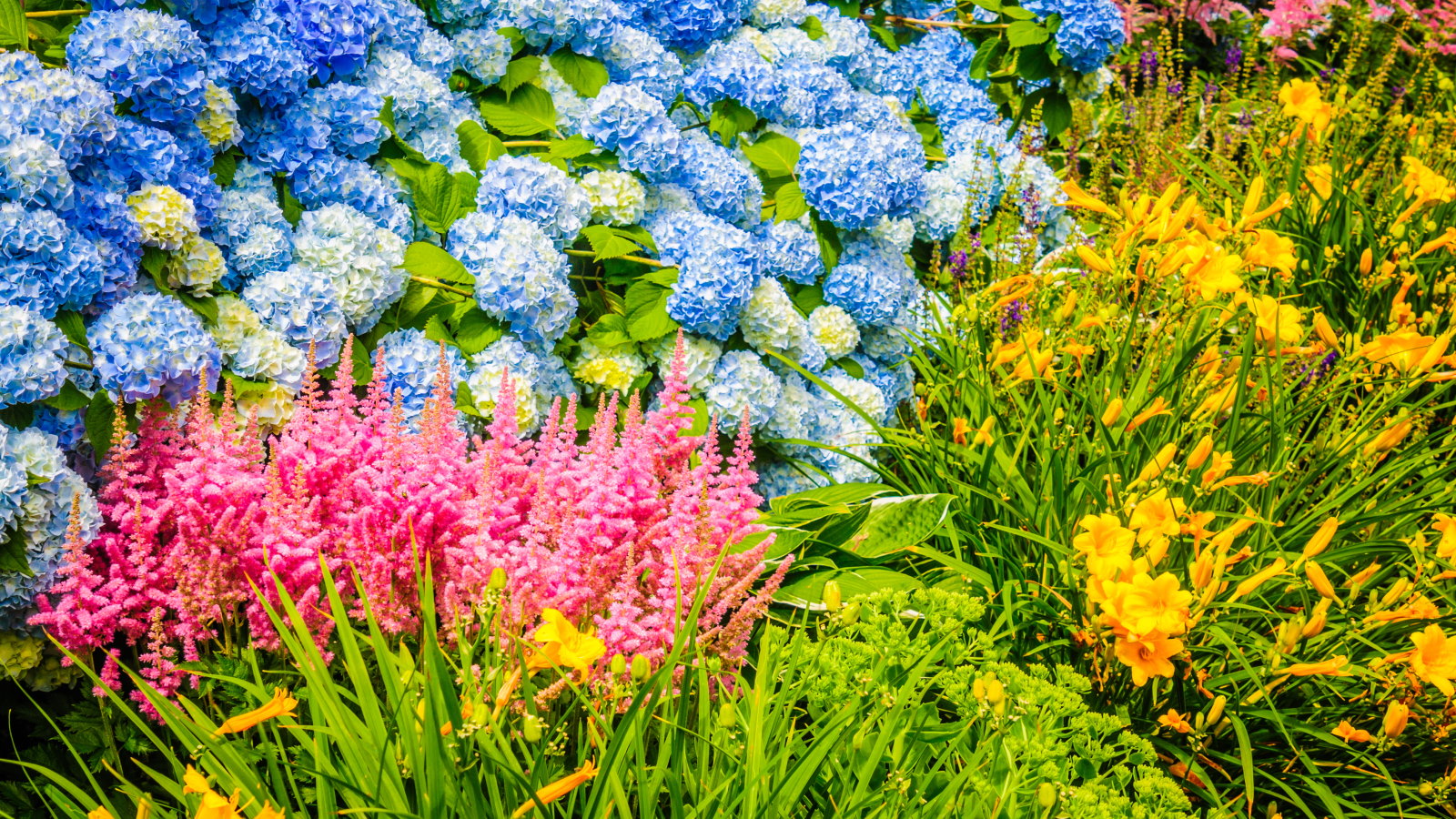

Perennials are the stalwarts of flower beds. These reliable plants perform year after year, filling gardens with colorful blooms and interesting foliage and attracting pollinators to their nectar-rich blooms. The best perennials will bloom for many months and there is a huge variety to choose from. Whatever your space or tastes, there are perennials to suit any garden.
Perennials are widely available in containers from garden centers or nurseries year-round. A wide selection is also available bare-root during the colder months. These plants offer a cheaper alternative to container-grown plants and are handy to plant in January if you want to expand your backyard ideas in winter.
There is a long list of perennials that are often available to buy bare-root. It is hard to whittle them down, though we have picked seven of the easiest perennials to plant in January for fantastic blooms for years to come.
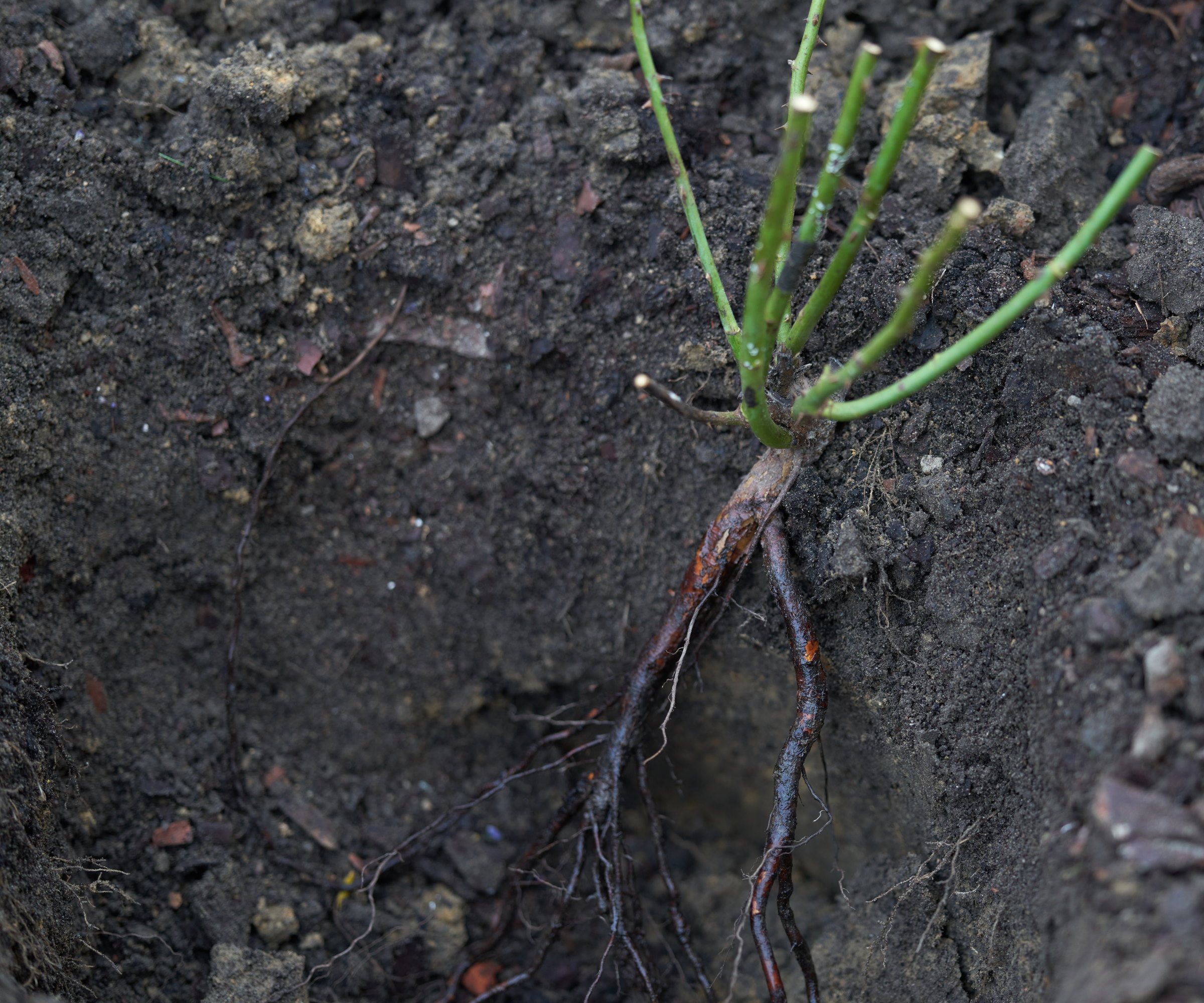
Roses are commonly planted bare-root, but less people know about planting bare-root perennials
What are bare-root perennials?
Buying and planting bare-root perennials is a very cost-effective way to add plants to your backyard ideas. A bare-root perennial is grown in a field and shipped to gardeners without soil or pots. They have healthy roots and buds and are cheaper than container-grown perennials.
Bare-root perennials are best planted as soon as possible into flower beds or borders, however, if your ground is frozen, waterlogged, or heavy, then the plants can be put into pots filled with compost to start growing - ready to plant into their final position once the soil temperatures rise.
Here is our selection of seven fantastic bare-root perennials to plant in January:
1. Astilbe
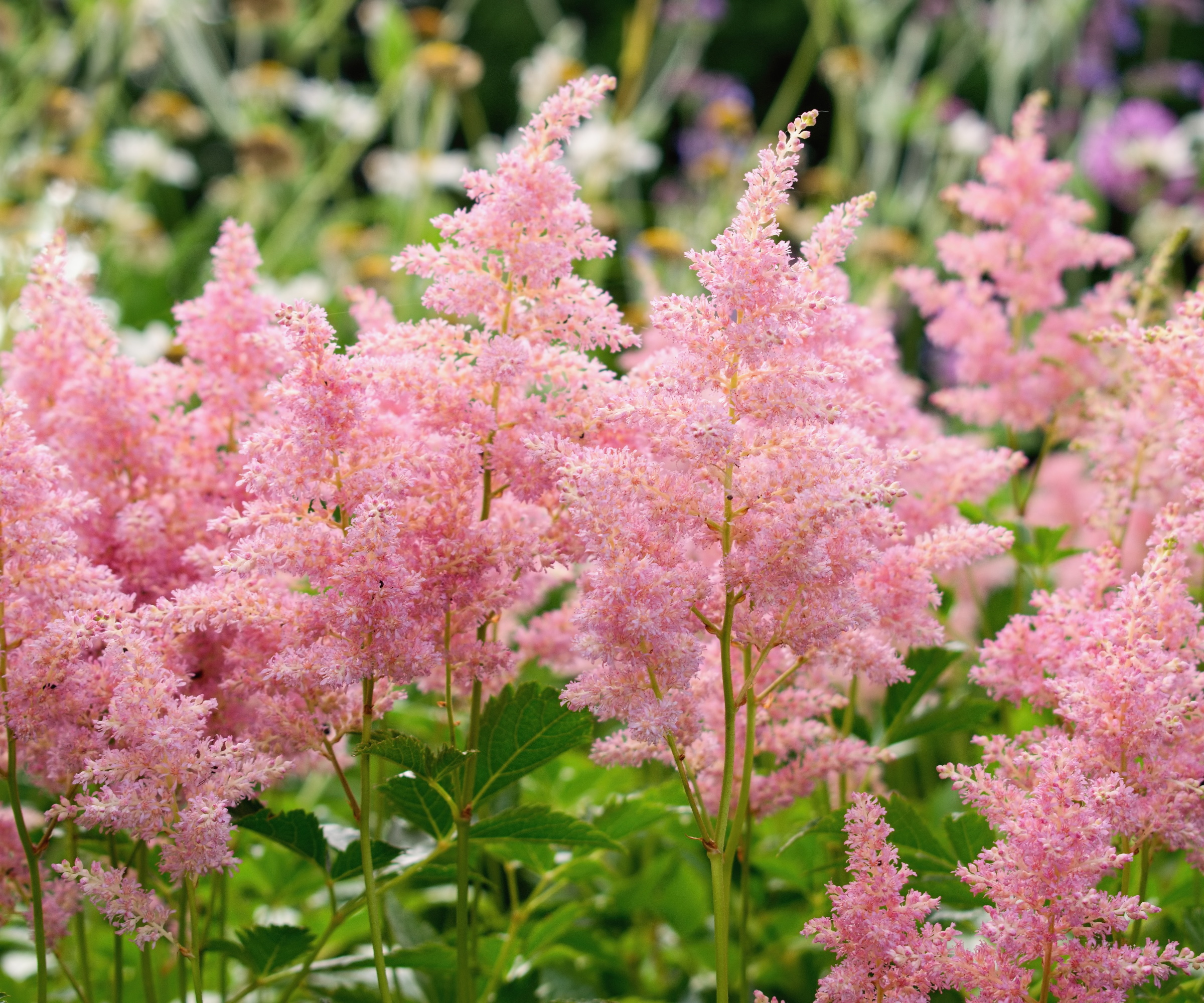
Astilbes are dramatic plants thanks to their tall perennial flowers, which put on a fabulous display every summer and attract butterflies and other pollinators. There are hundreds of different cultivars to choose from and the flowering spikes can reach 1-3 feet in height.
Plants are hardy in US hardiness zone 3 to US hardiness zone 8 and astilbes can grow in anything from full sun to partial shade. Sunnier spots are best in northern gardens while it is better to opt for shadier spots in warmer climates.
Plant in rich and well-draining soil. Astilbes are drought-tolerant flowering perennials once established - though will need watering in extended dry periods.
See the range of bare-root astilbe plants at Dutch Grown
2. Bleeding heart
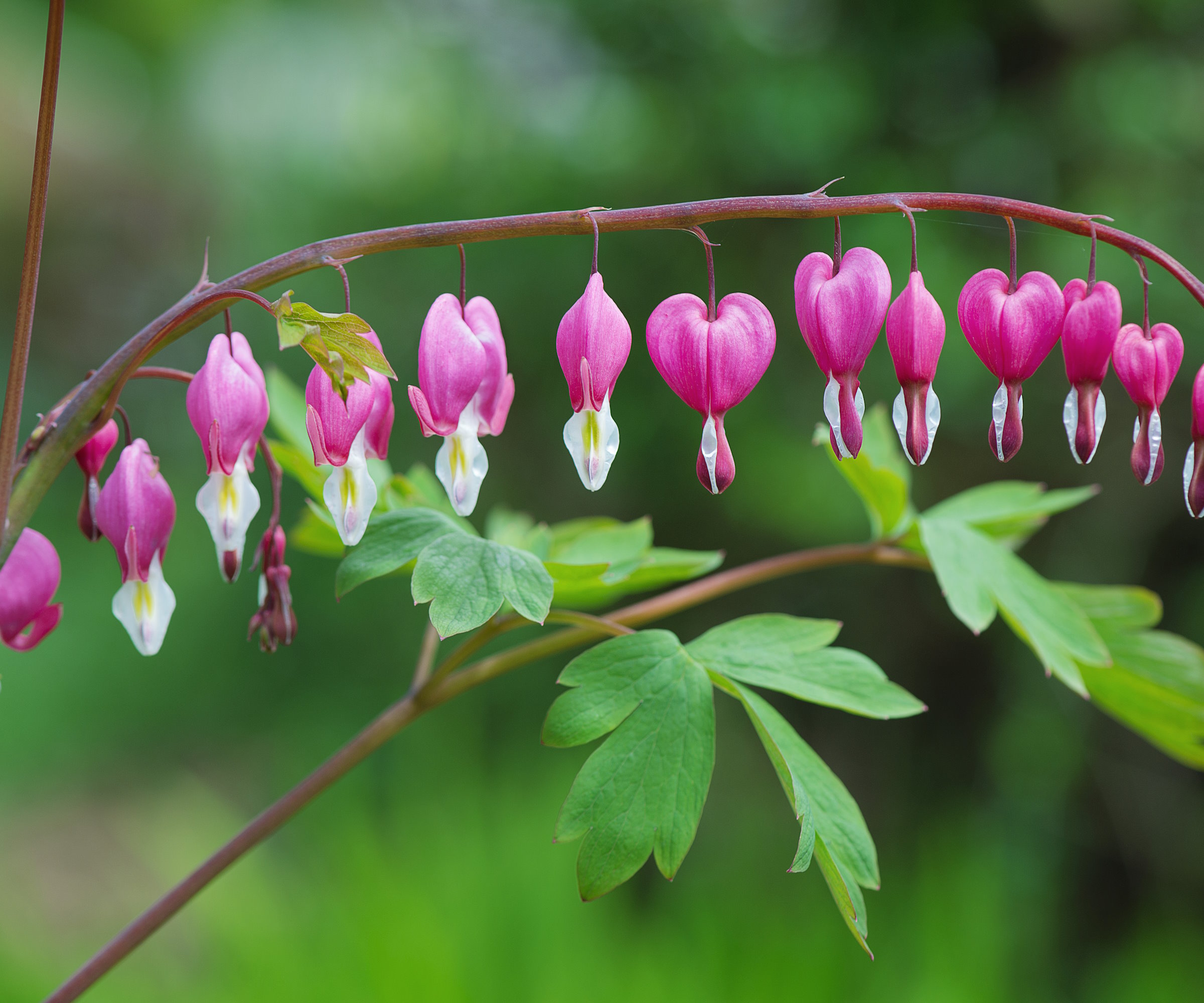
Bleeding heart is a unique plant, with its instantly recognizable heart-shaped blooms that appear in spring and hang off arching stems. The blooms can be pink, white, or a combination of the two. Bleeding heart is a fantastic shade plant as it prefers shaded areas, such as those often tricky spots under trees or other tall shrubs.
Plants can be grown in US hardiness zones 3-8 and want either partial or full shade, though the shadiest spots usually mean fewer flowers. Bleeding heart prefers rich and well-draining soil with organic matter added annually to boost soil health.
Established plants require little maintenance. Water regularly during the season and cut back bleeding hearts in midsummer after blooming. If you want more plants, divide bleeding hearts to get new ones for free.
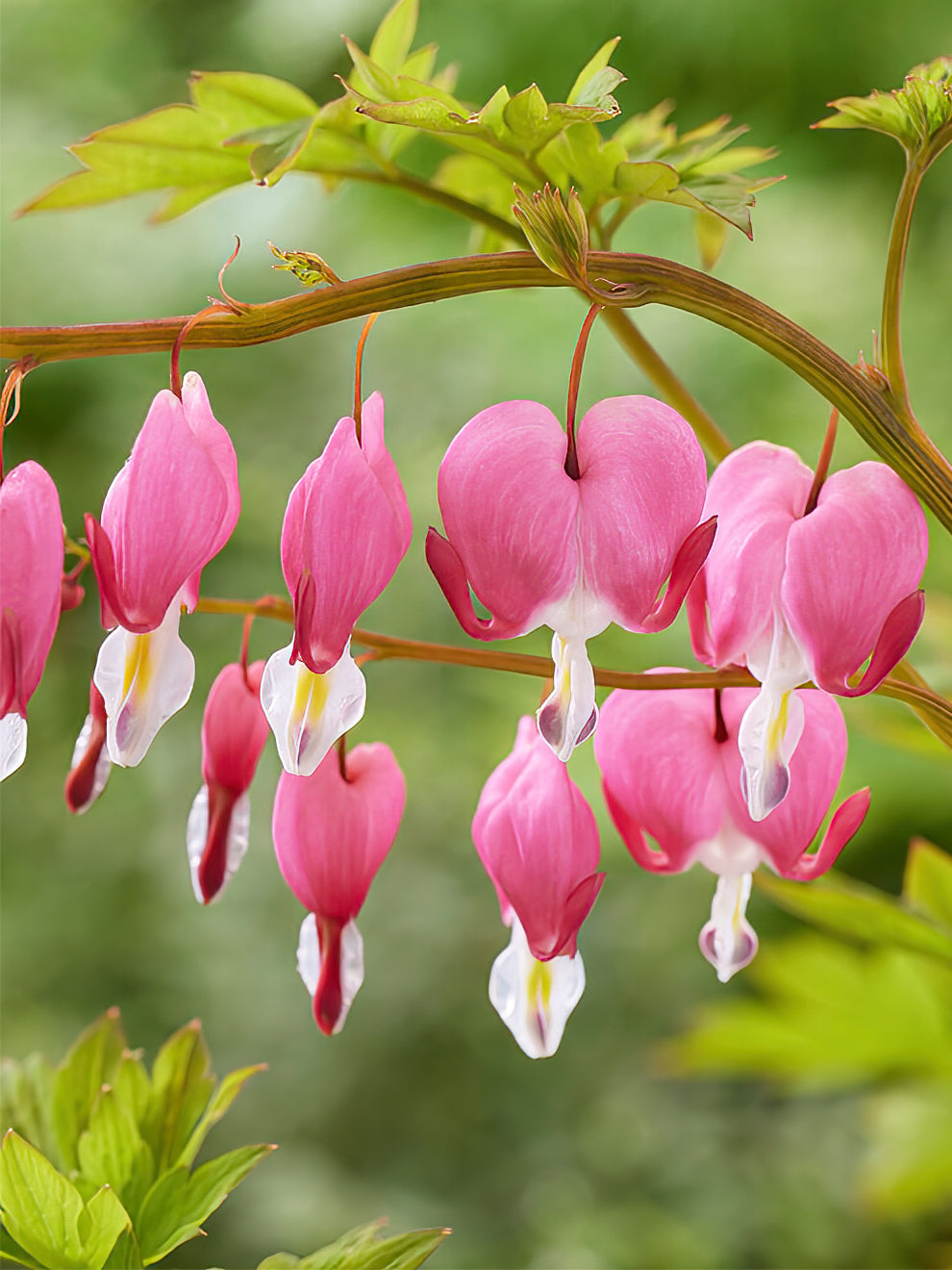
Bare-root Dicentra Spectabilis, commonly known as Bleeding Heart, to plant in partial shade. Choose from one, three, or six bare-root plants.
3. Columbine
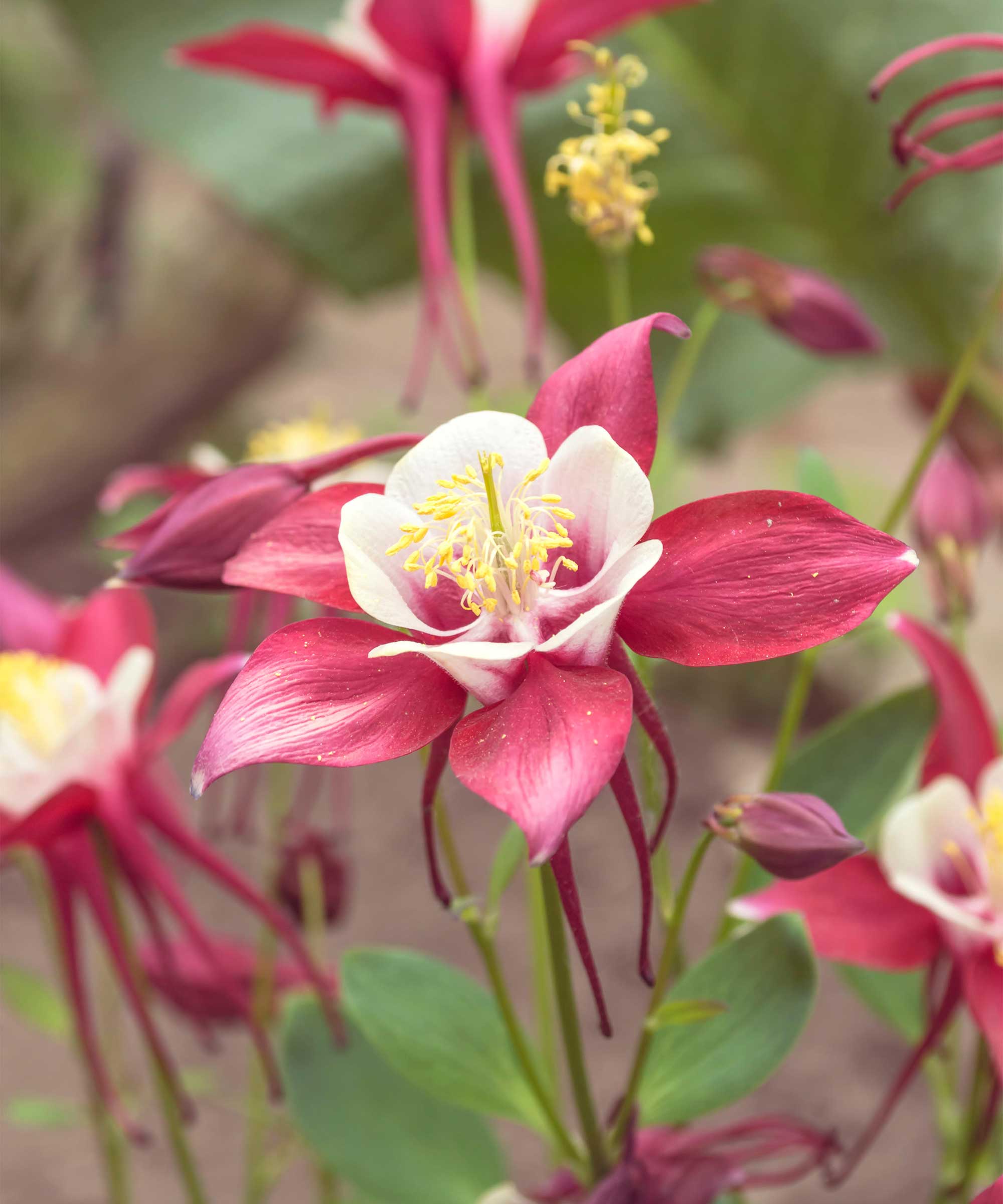
Columbine, also known as aquilegia, are lovely spring flowering plants that grow between six inches and two feet tall, depending on the variety. They produce dainty, nodding flowers on top of slender stems and come in many shades, including red, pink, yellow, white, and more.
Columbine plants are hardy in US hardiness zones 3-9 and prefer to grow in full sun or partial shade - the latter is recommended in warmer climates where they can be protected from the intense summer sun. Columbine likes well-draining soil and mulching annually to keep the soil fertile and moist.
4. Daylily
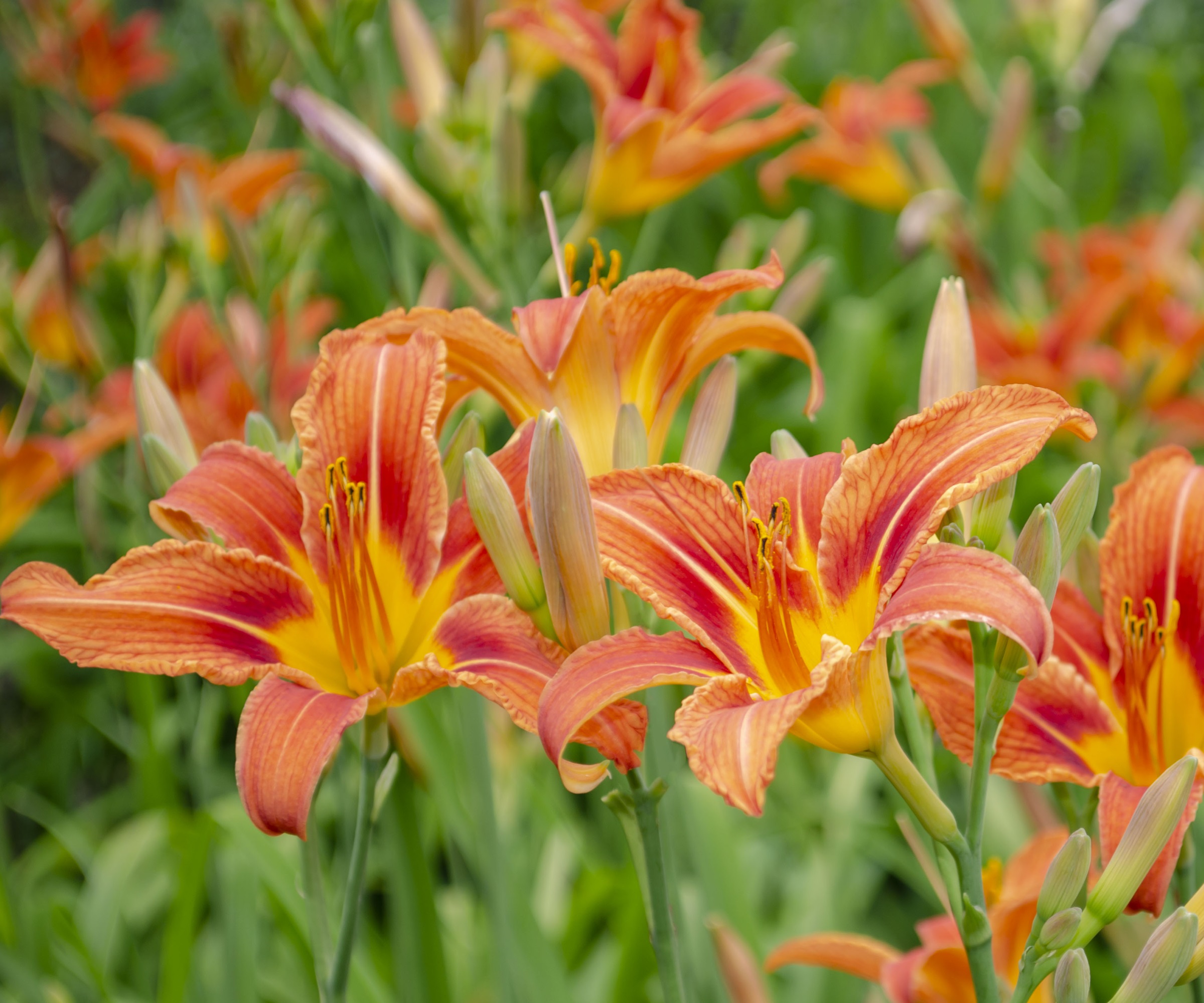
Daylilies, also known as hemerocallis, are a low-maintenance perennial. As the name suggests, each flower only lasts for one day, but the overall blooming period for many varieties can last for many months. Daylilies come in different heights and shades and there are early, mid, and late-flowering varieties to choose from.
They want warmth and heat, so a position in full sun where plants can get at least six hours of sun a day is ideal when deciding where to plant daylilies. Daylilies also prefer moist and well-drained soil amended with organic matter before planting. As mentioned earlier, they are low-maintenance plants that can grow in beds or containers and cutting back daylilies in the fall can help ensure more blooms next year.
See the range of bare-root daylilies at Dutch Grown
5. Phlox
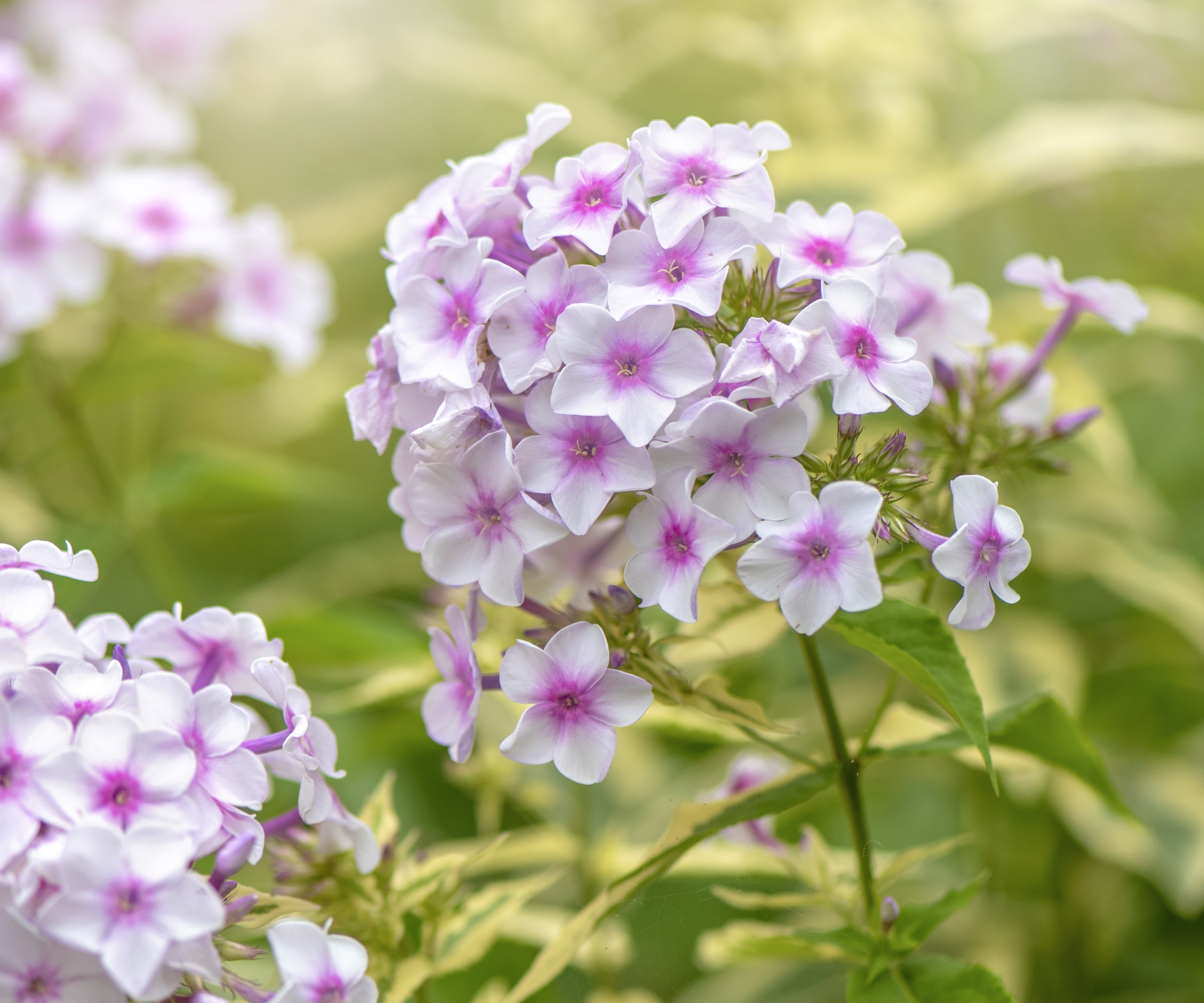
Perennial border phlox are covered in panicles of flowers and have a very long blooming season - this makes them hugely popular cottage garden plants for flower beds or containers. In terms of height, form, and color, there is a huge range of phlox to grow - so there is likely to be a type for any garden.
Phlox plants are hardy from US hardiness zones 3-9 and prefer to grow in a sunny position in a rich and well-draining soil type. Phlox does not like sitting in wet soil, so add organic matter to heavier soils. Keep plants well-watered and regularly deadhead phlox to encourage more blooms.
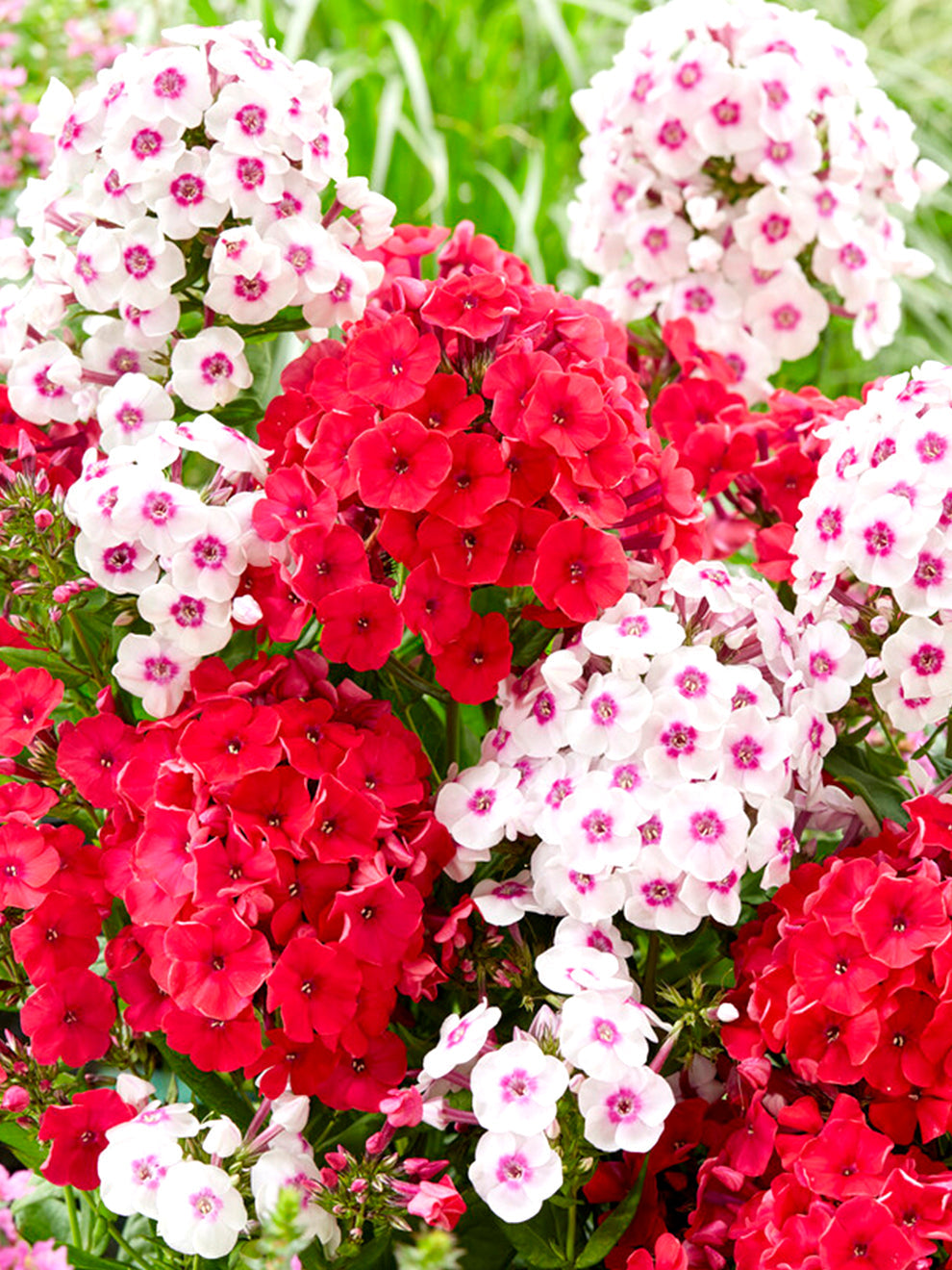
The Phlox 'Strawberry Cake' Collection features a mix of pink, red, and white blooms. Choose from two, four, or eight bare-root plants.
6. Stachys
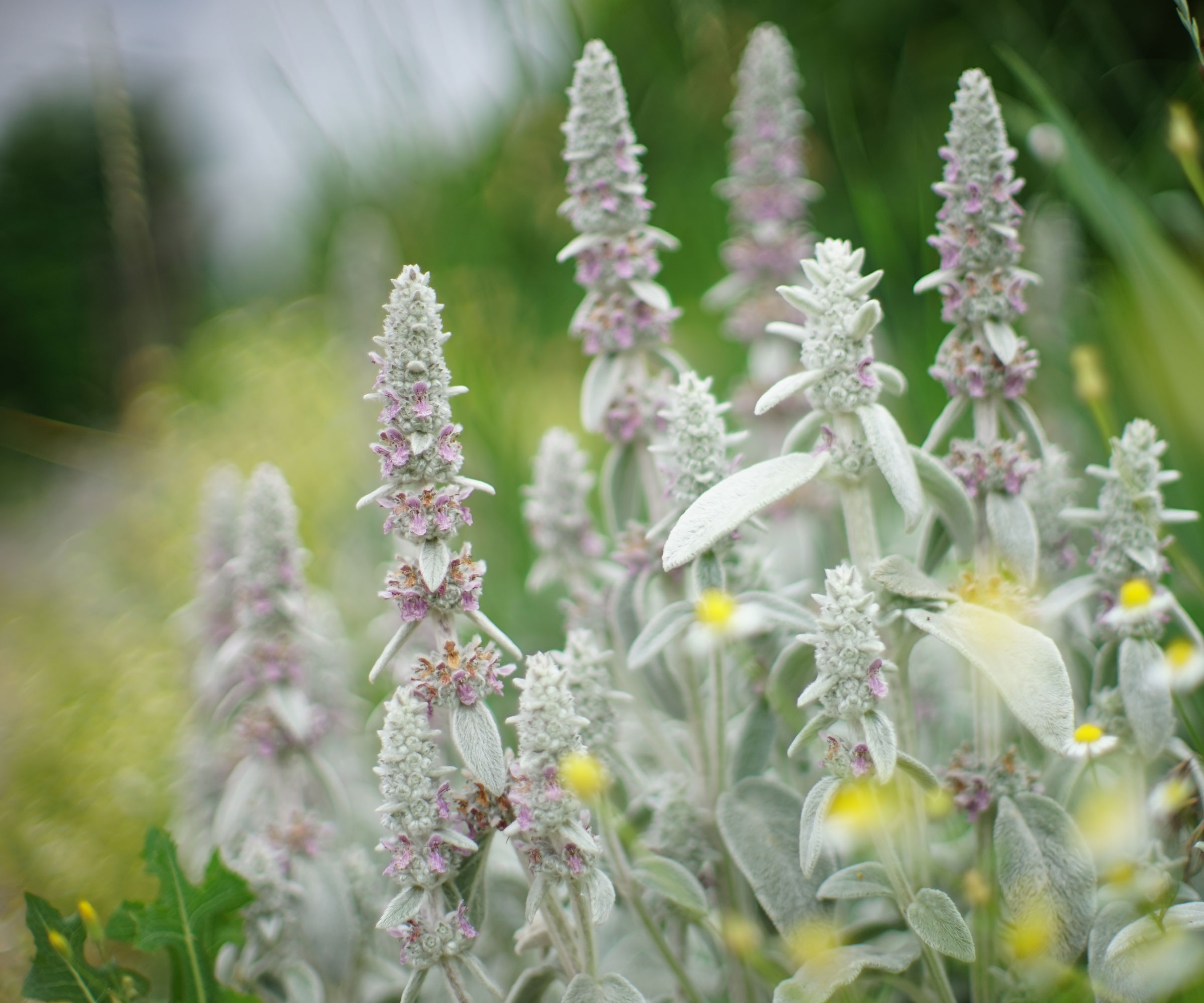
Lamb’s ear, the common name for stachys, is an easy-to-grow ground cover plant. Predominantly grown for its silvery-grey textured foliage, lamb’s ear also produces purple or pink summer flower spikes. It is a pretty low-growing perennial that is ideal for planting in numbers near the front of flower beds.
The plants prefer to grow in full sun positions, where they can get around six hours of sunlight. In warmer climates, however, they do benefit from partial shade from the afternoon sun. The Mediterranean plant likes free-draining soil and is a drought-tolerant perennial once established.
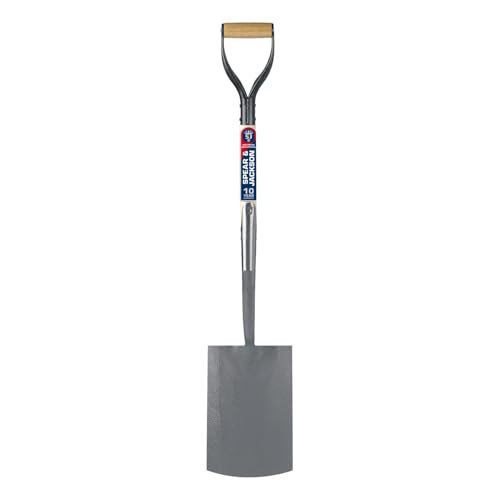
A strong digging spade with a solid forged carbon steel head and socket and weatherproofed hardwood shaft - ideal for digging holes to plant perennials.
7. Veronica

Veronica, known as speedwell, is another versatile and low-maintenance perennial that grows spikes of flowers during summer. There are different types of veronica coming in various sizes and colors, including cultivars with purple, pink, blue, or white blooms that can range from six inches to three feet tall.
Veronica is hardy in US hardiness zones 3-11 and prefers full sun, but will tolerate some shade, and well-draining soil. Avoid planting in damp spots or heavy soil as excess moisture can cause root rot. Once established, it only requires watering during extended periods of dry weather.
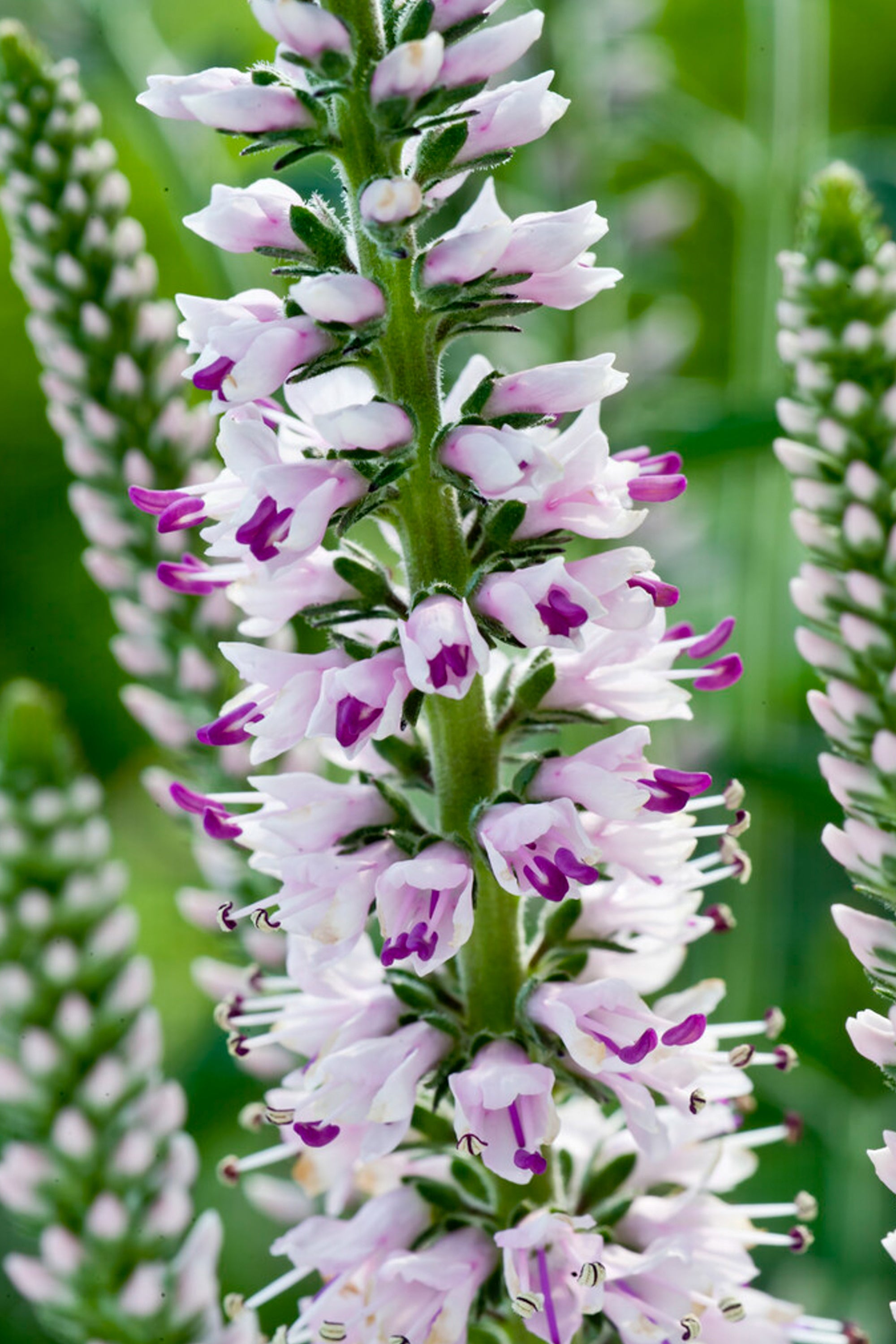
Pink Eveline Speedwell (Veronica Longifolia) produces slender pink flowers on upright stems. Pick from one, three, or six bare-root plants to plant in borders or containers.
FAQs
Can you plant bare-root roses in January?
Bare-root roses are planted between November and March. They can be planted in January, provided the ground is not frozen or waterlogged.
January is often perceived as a slow time in the gardening calendar. The truth is, however, that there are many jobs to do this month that can help ensure your garden is full of color and beauty in the year ahead. These include pruning in January to help shrubs bloom at their best and sowing in January indoors to get earlier color and a long season of glorious flowers.
Sign up to the Homes & Gardens newsletter
Design expertise in your inbox – from inspiring decorating ideas and beautiful celebrity homes to practical gardening advice and shopping round-ups.

Drew’s passion for gardening started with growing vegetables and salad in raised beds in a small urban terrace garden. He has worked as a professional gardener in historic gardens and specialises in growing vegetables, fruit, herbs, and cut flowers as a kitchen gardener. That passion for growing extends to being an allotmenteer, garden blogger, and producing how-to gardening guides for websites. Drew was shortlisted for the New Talent of the Year award at the 2023 Garden Media Guild Awards.
-
 Stripes move over, I have surprised myself by deciding to decorate with dots instead – and designers agree they can be far more sophisticated than you might think
Stripes move over, I have surprised myself by deciding to decorate with dots instead – and designers agree they can be far more sophisticated than you might thinkThey might be known for their playfulness, but I've seen a whole new sophisticated side of this whimsical print
By Eleanor Richardson
-
 Isabella Rossellini's European-designed chef's knives are currently $65 off – and these luxury cooking tools have been around for over 200 years
Isabella Rossellini's European-designed chef's knives are currently $65 off – and these luxury cooking tools have been around for over 200 yearsThese stunning German-made knives have a rich history, including being used in the Conclave actress's kitchen – and they're now on sale at Wayfair
By Sophie Edwards
-
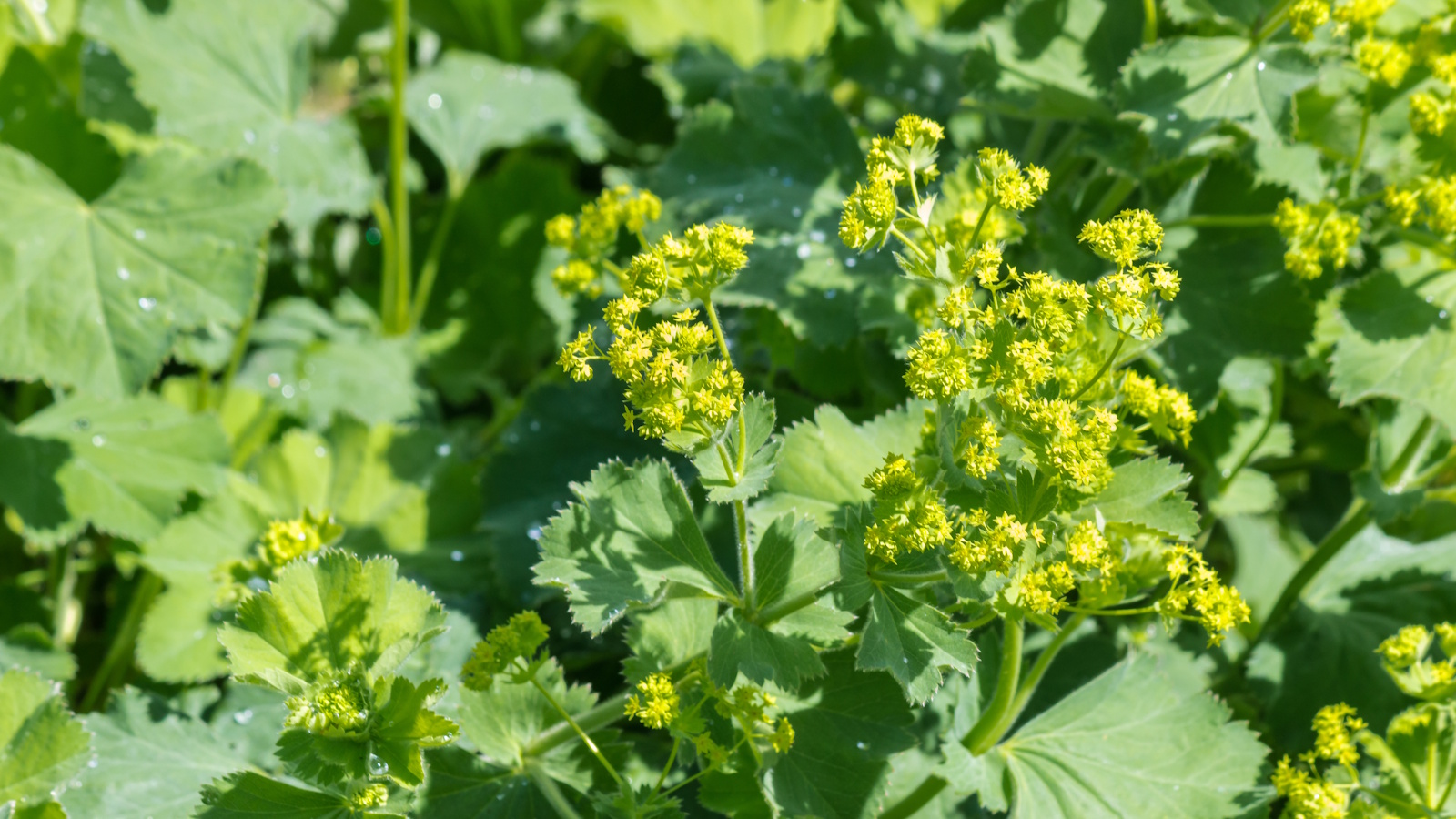 How to grow lady's mantle – for a shade-tolerant ground cover plant that will thrive in challenging borders
How to grow lady's mantle – for a shade-tolerant ground cover plant that will thrive in challenging bordersWith lush green foliage and luminous lime flowers, lady's mantle can add color and impact
By Thomas Rutter
-
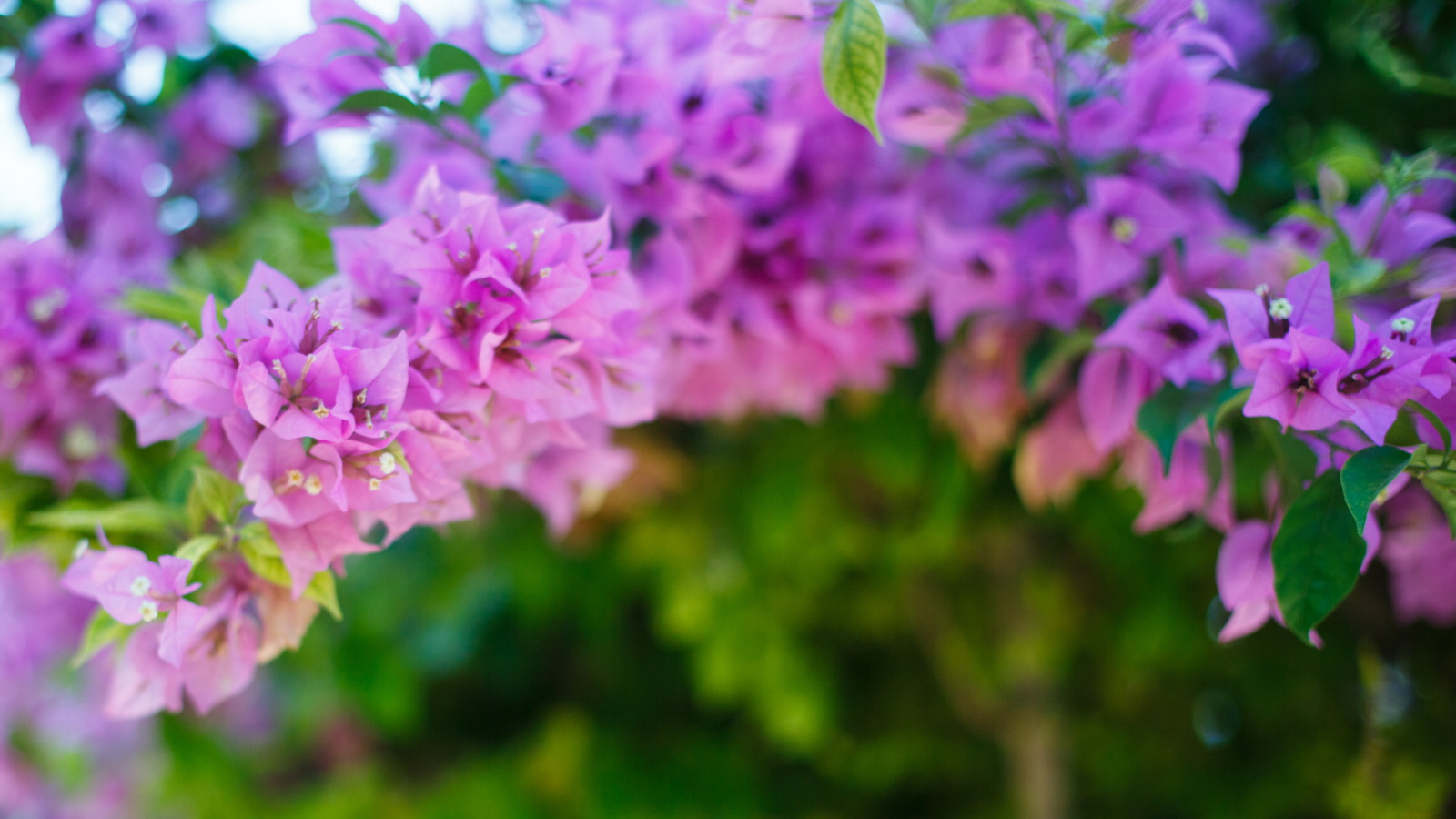 Best climbers to grow in pots – 5 easy-to-grow vines that will transform small spaces with vibrant color
Best climbers to grow in pots – 5 easy-to-grow vines that will transform small spaces with vibrant colorMake the most of small terraces, patios and balconies by filling pots with colorful climbers
By Thomas Rutter
-
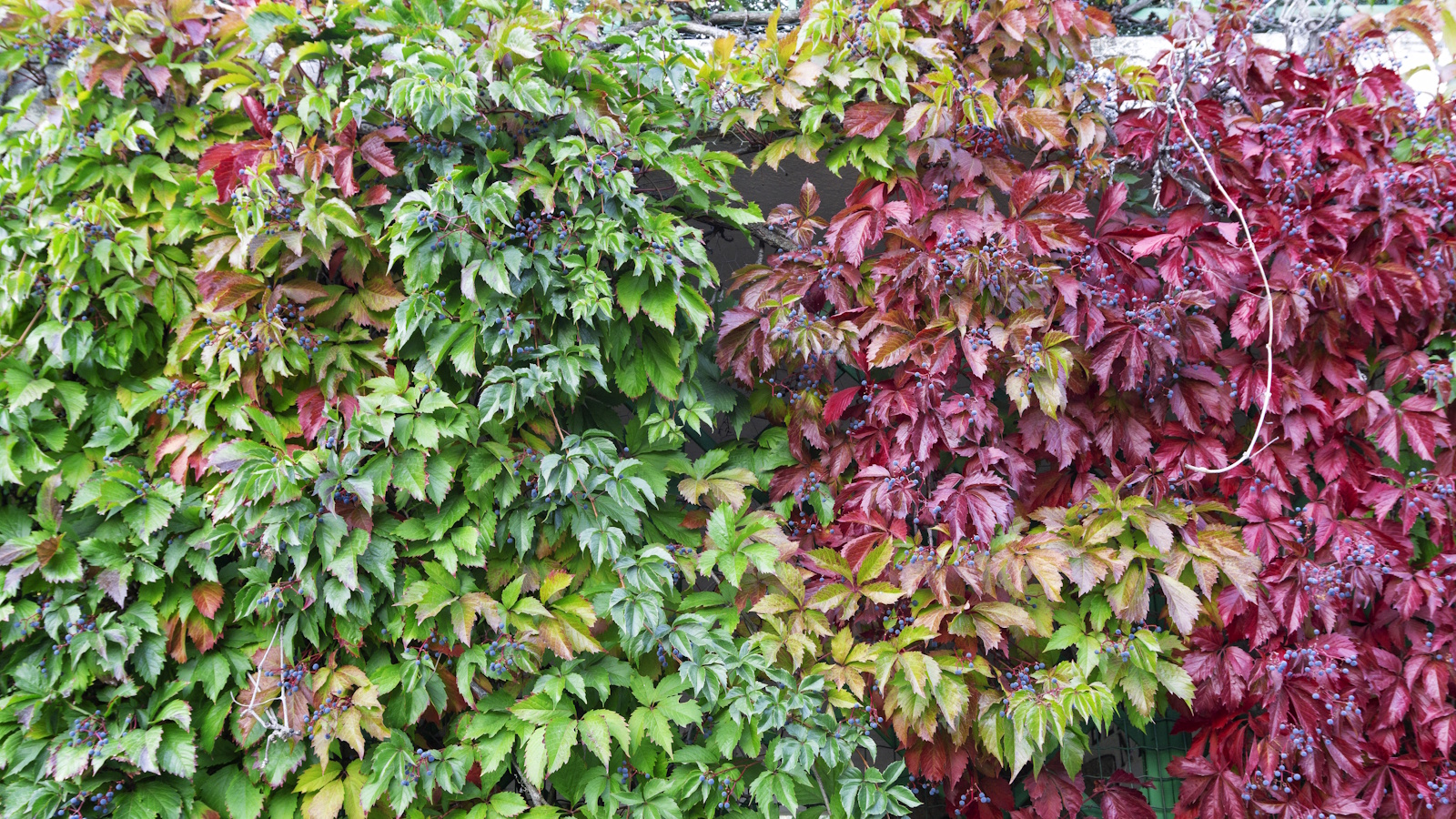 How to grow Virginia creeper – it may divide opinion, but this fast-growing, shade-tolerant vine will cover walls and fences in record time
How to grow Virginia creeper – it may divide opinion, but this fast-growing, shade-tolerant vine will cover walls and fences in record timeIf you are looking for spectacular fall color, Virginia creeper is the climbing plant to grow
By Thomas Rutter
-
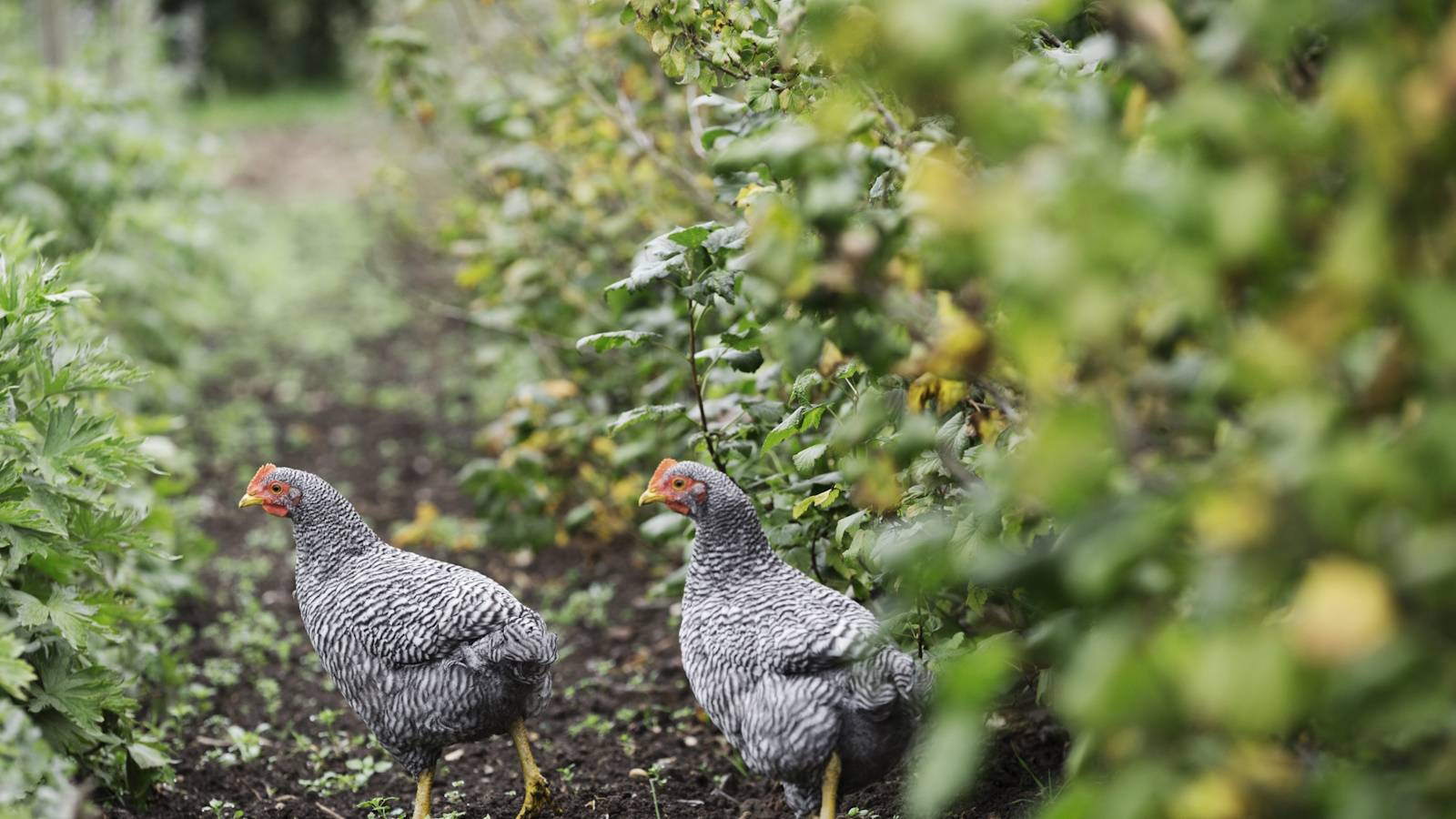 Best plants for a chicken run – 7 fragrant and floral plants for happy hens and beautiful coops
Best plants for a chicken run – 7 fragrant and floral plants for happy hens and beautiful coopsYour chicken run can be every bit as beautiful as your own garden, so long as you do your research first
By Kayleigh Dray
-
 7 of the fastest growing flowers to plant in spring for early summer blooms
7 of the fastest growing flowers to plant in spring for early summer bloomsSow these seeds now and be greeted with early summer color and repeat blooms in your yard
By Jacky Parker
-
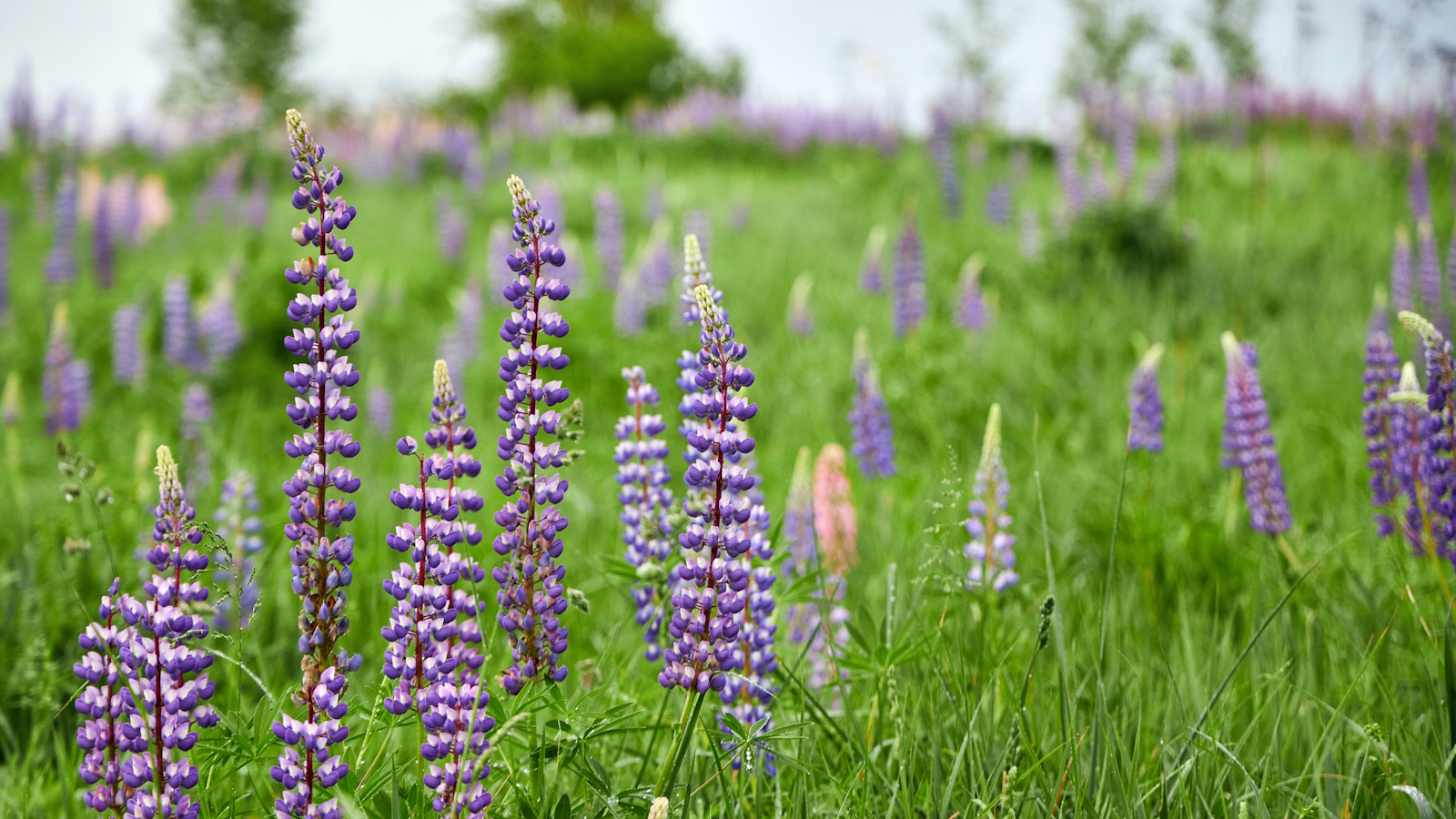 How to grow lupine – expert advice on growing this dramatic and vibrant cottage garden flower
How to grow lupine – expert advice on growing this dramatic and vibrant cottage garden flowerVibrantly colored flower stalks make swathes of lupines a sight to see in meadows and cut flower gardens alike
By Ellen Wells
-
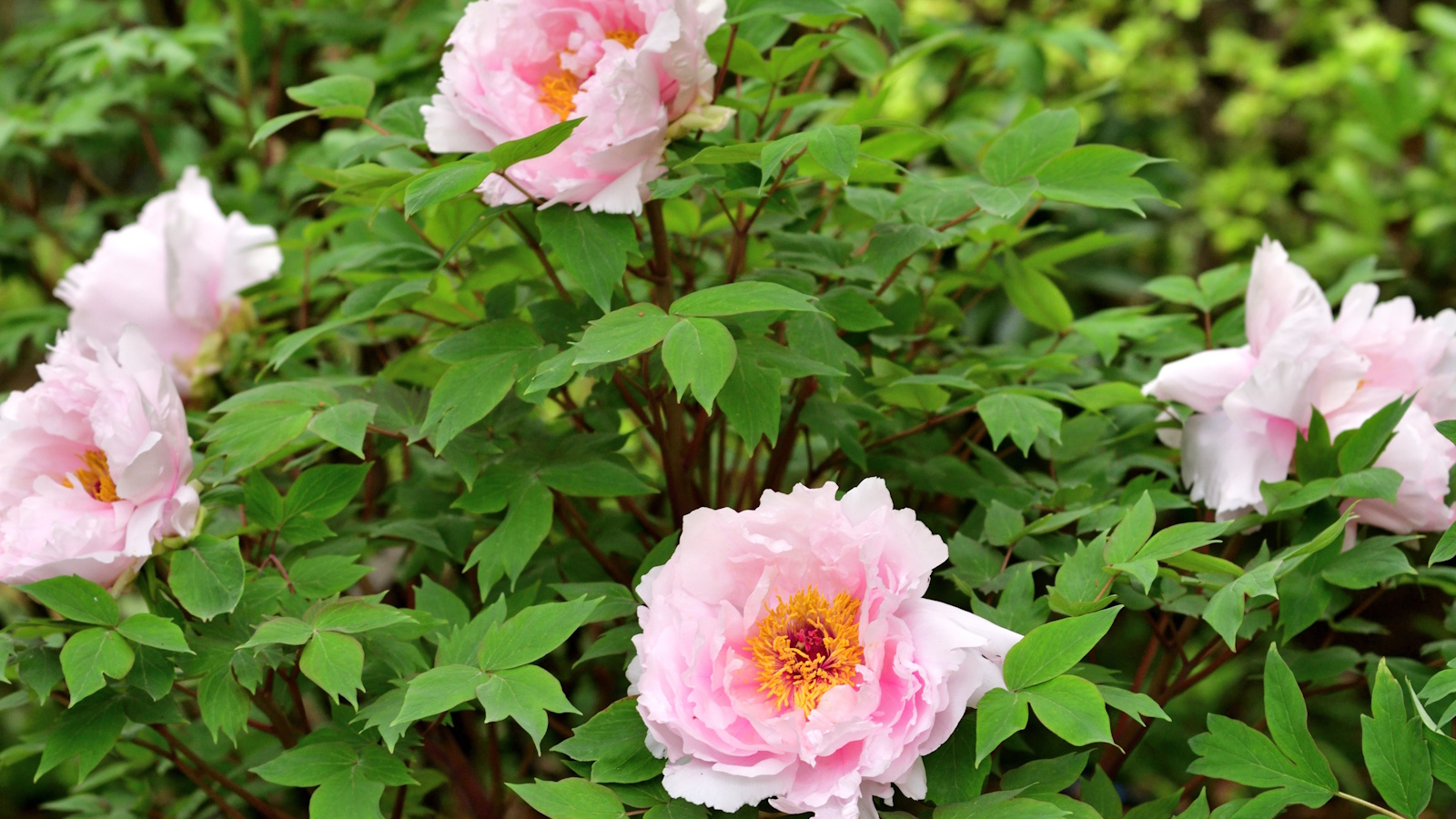 How to grow tree peonies in pots – for a show-stopping shrub that will thrive in partially shaded yards
How to grow tree peonies in pots – for a show-stopping shrub that will thrive in partially shaded yardsWith large, saucer-like blooms, tree peonies are the ultimate flowering shrub
By Thomas Rutter
-
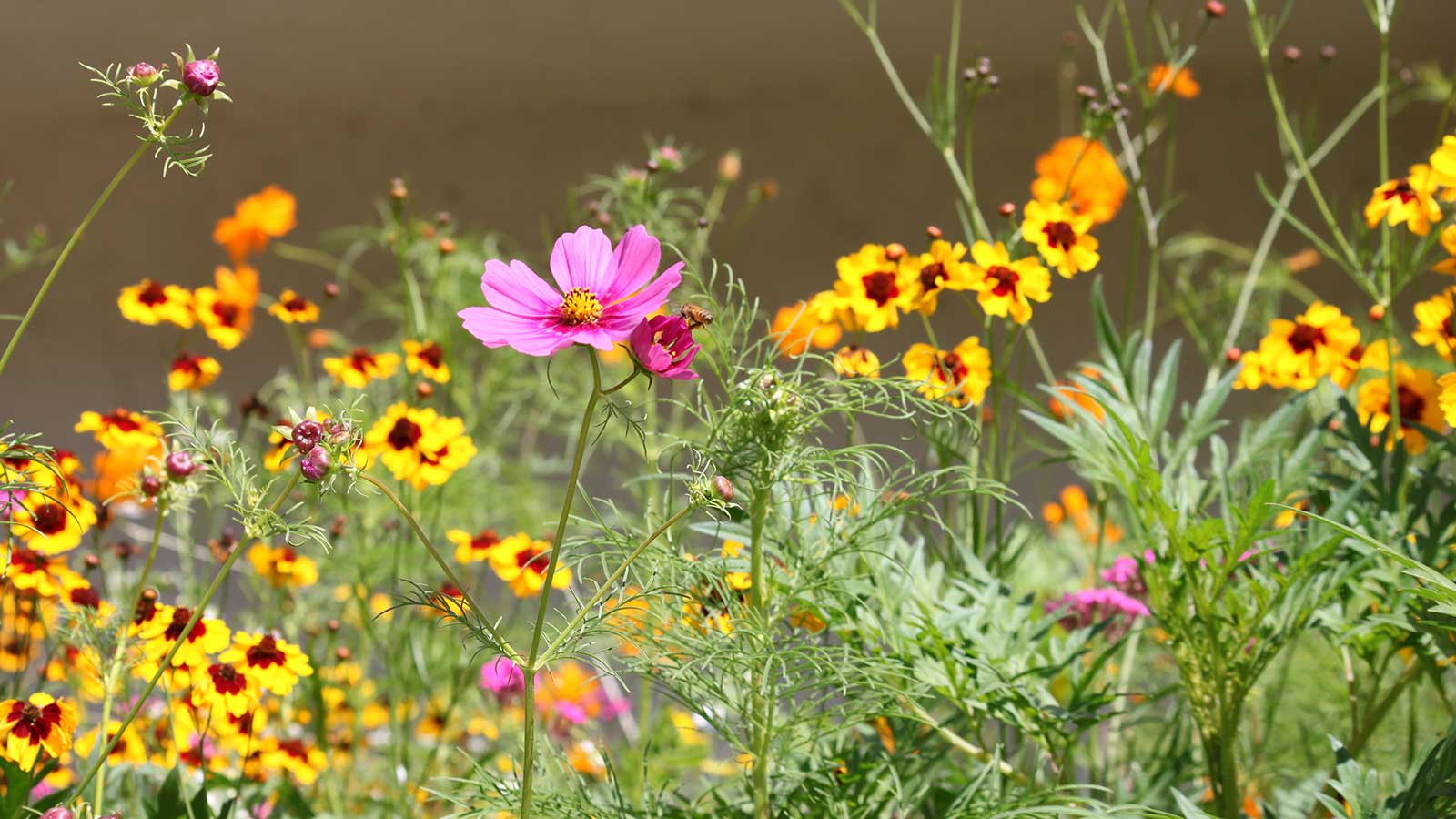 How to design a mini meadow in pots – and welcome birds, bees and butterflies to your urban wildlife garden this summer
How to design a mini meadow in pots – and welcome birds, bees and butterflies to your urban wildlife garden this summerExperts share advice on species recommendations, soil, and types of containers to use for meadow planting
By Holly Crossley